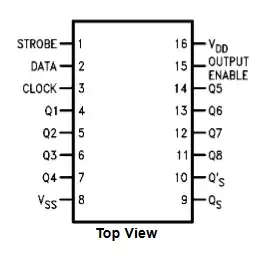You can't magic more pins out of thin air.
Yes you can!
You can have as many output (and even input) pins as you want. I managed to build 8x8x8 LED cube using ATTiny13 with just 6 output pins (using only 5 of them)
All it takes is a little extra coding and "shift registers". (For extending outputs use the one with "latch", but for LEDs normal one is enough)

You can use three (for example CD4094) 8 bit shift registers. You connect three Arduino pins to "DATA" (a.k.a. SERIAL DATA INPUT) pin of each register. Then one Arduino pin to three "CLOCK" pins and one Arduino pin to three "OUTPUT ENABLE" pins.
Then in the code you send a sequence of bits into the registers simulating the clock signal and when that's over just set output enable to make the registers output a value on their 8 output pins each.
This way you use just 5 pins, and when you chain the registers together (last "Q8" pin of one register can go to "DATA" pin of second one) you can theoretically have as many outputs as you need at the cost of output update speed.
This way you can free most of your Arduino pins including TX and RX.
